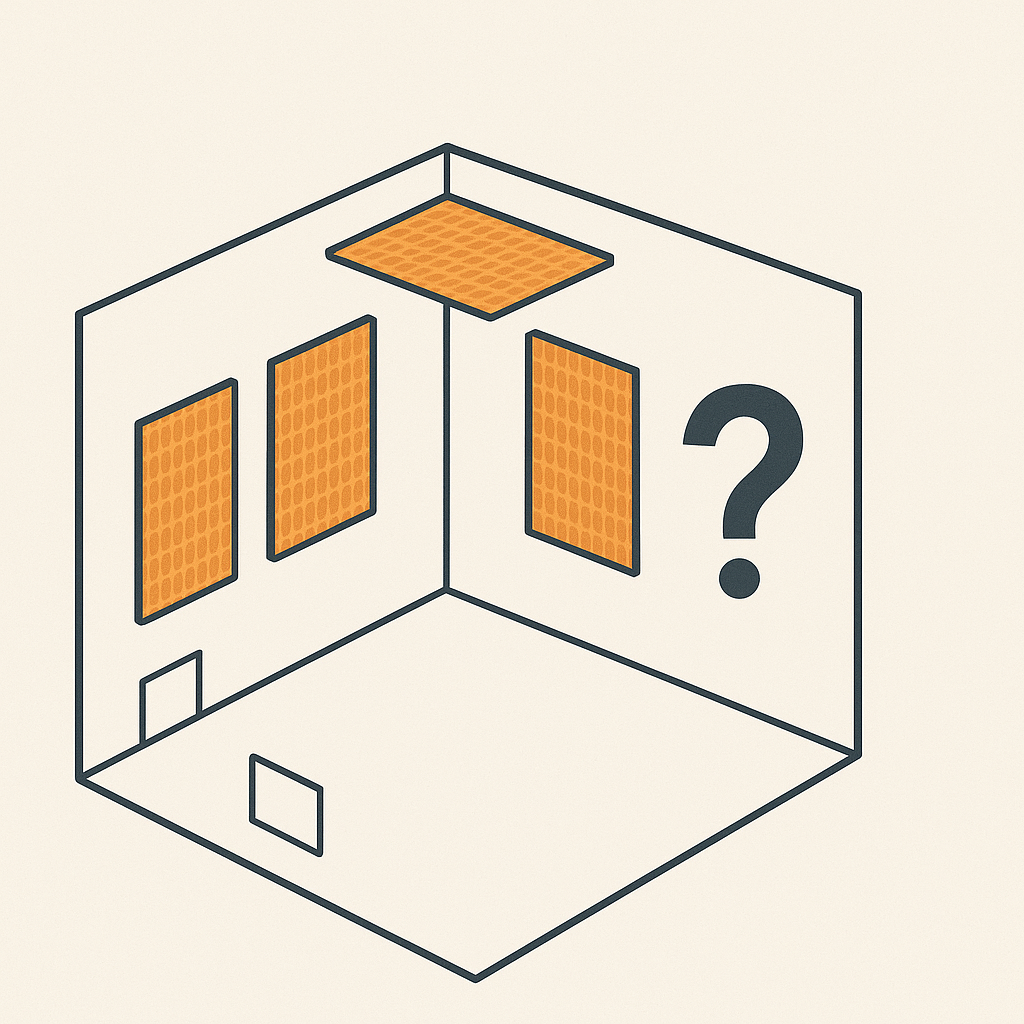
How Many Acoustic Panels Do I Need for My Room to Make a Noticeable Difference?
Share
The number of acoustic panels you need depends on how much sound reflection your room has and how much improvement you want. While there’s no universal number that fits every space, there are practical guidelines based on experience.
What Actually Affects the Number of Panels?
- Room size – Larger rooms with more wall area need more treatment.
- Surface types – Hard surfaces like bare walls, glass, and tiles cause more reflections than carpet, curtains, or bookshelves.
- Purpose of the room – A recording studio needs more precise treatment than a living room or office.
General Practical Guidance
- Small rooms (offices, bedrooms, podcast setups) – Even 4 to 6 panels placed on first reflection points (walls where sound bounces directly) can make speech noticeably clearer.
- Medium rooms (home theaters, larger living rooms) – Around 8 to 12 panels can significantly reduce echo and make music or movies sound cleaner.
- Studios or dedicated audio rooms – Panels are often combined with diffusers and bass traps, covering a larger percentage of the wall area.
These are not strict rules, but typical ranges where people start to notice improvement.
Placement Matters More Than Quantity
Installing too many panels in random places is less effective than correctly placing a few. Focus on reflection points—side walls, behind speakers, and opposite listening positions. If your room still feels “live” after that, you can add more panels gradually.
The Bottom Line
Start small, listen to the difference, then add more if needed. Even a handful of panels, placed correctly, can dramatically improve clarity without covering every wall.
